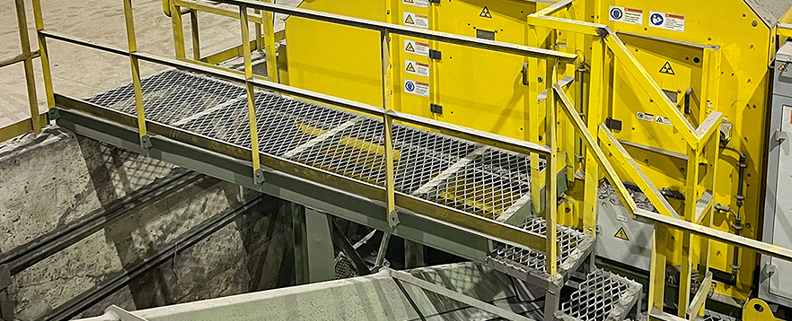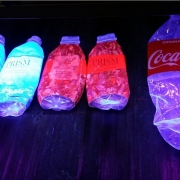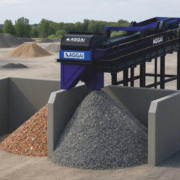Brazil: Latasa Uses Steinert Technology for Sorting
For the processing of all types of collected materials, and with the aim of achieving furnace-ready aluminum, Latasa’s plant in Pindamonhangaba (São Paulo) employs separation technologies from Steinert.
With four smelting plants and a processing capacity of more than 300,000 tons of aluminum per year, Latasa Reciclagem, part of the ReciclaBR Group, stands out as the largest aluminum recycling company in the country, German-based company Steinert gave account. In addition, its diversified product portfolio serves various industries, such as automotive, steel, metallurgy, packaging, and consumer goods.
The company uses a process known as “Garimpeiro Urbano” (Urban Mining), present in 15 Brazilian states, which represent 96.07 percent of the country’s aluminum can generation. This initiative involves 22 non-ferrous metal collection centers, working together with local suppliers of recyclable material, including cooperatives, municipalities, and small suppliers.
Latasa’s final production follows the current Aluminum Scrap Classification Table, which was prepared by ABAL (Brazilian Aluminum Association) and follows recommendations from the USA-based Institute of Scrap Recycling (ISRI). In mid-2019, multinational aluminum manufacturing company Novelis approached the Brazilian recycler looking for a new type of scrap material to work with, Taint/Tabor. According to ISRI specifications, Taint/Tabor is described as clean mixed old alloy sheet aluminum. To generate the required high purities of the desired products, a recycling process able to separate different qualities is needed.
“When we got to the stage that involves cleaning the scrap, we already knew about magnetic separators (of various types), screens, eddy currents and other methods. However, it was not just cleaning that was required, but separating the scrap by different densities or by type of chemical composition,” Steinert cited Latasa’s plant manager José Garcia. On the internet, they found Steinert, “where we discovered several types of equipment, and the one that interested us the most was the X-ray”.
In August 2021, the first tests were carried out with Taint/Tabor scrap. As reported, the results met the expectations of the equipment that the companies needed. In March 2022, the Taint/Tabor processing line was inaugurated at Latasa Recycling Plant 1 with the implementation of the Steinert technology. Currently the Latasa plant in Pindamonhangaba operates:
- Steinert UME – Overbelt magnet for the separation of ferrous metals from aluminum scrap.
- Steinert EddyC – Eddy current separator to clean the non-ferrous metals from non-metallic residues.
- Steinert KSS | XT LI (X-ray transmission + 3D laser + inductive sensors) – Sorting System with a combination of sensors that separates impurities from aluminum and produces furnace-ready metal.
With input material received from different collection sources, the mechanical processing begins with two stages of shredding. Subsequently the material fractions are screened into different particle sizes. After this step, the material undergoes the separation processes, passing first the overbelt magnet for the separation of ferrous materials, and then onto the separation of non-ferrous metals from non-metallic residues. The material produced by the eddy current separator is forwarded for selection and separation with the Steinert KSS. At this stage, the aluminum is already extremely pure, the technology provider emphasized. “Material that has paint is subjected to a process called decoating. Following this it goes to the oven, and the paint-free material is ready to be melted.”
A study of the company’s process and trials at the Steinert Latinoamericana test center in the metropolitan region of Belo Horizonte revealed that Steinert’s combined sensor sorting was found to be the best solution. “With the implementation of Steinert KSS | XT LI technology, Latasa has made a leap forward in innovation and efficiency in its process of separating and recovering aluminum and valuable materials,” the internationally active technology supplier pointed out.
(Published in GLOBAL RECYCLING Magazine 3/2023, Page 44, Photo: Steinert)











